
Our hero product Rebalance is formulated to treat your hair and scalp so that at the end of washday they are at a healthy pH. pH, which stands for "potential of hydrogen," is a measure of the acidity or alkalinity of a substance. It's measured on a scale from 0 to 14, where a pH of 7 is neutral, lower values are acidic, and higher values are alkaline. In the context of coloring hair, pH plays a crucial role in the hair coloring process and its effects.
Hair coloring products, such as hair dyes and bleaches, often contain chemicals that work optimally within specific pH ranges. Here's how pH relates to coloring hair:
1. **Opening the Hair Cuticle:** Hair has a protective outer layer called the cuticle. To change the hair's color, the cuticle needs to be opened to allow color molecules or bleaching agents to penetrate the hair shaft. Alkaline substances (pH above 7) help to raise the cuticle and make it more receptive to color. This is why many hair color products have a slightly alkaline pH, usually around 9 to 10.
2. **Permanent Hair Color:** Permanent hair dyes usually contain ammonia or similar alkaline agents. These agents help to open the hair cuticle and allow the color molecules to penetrate deep into the hair shaft. The pH of the dye mixture assists in this process. After the dye has penetrated the hair, the cuticle is closed, trapping the color inside.
3. **Bleaching:** Bleaching products, used to lighten the hair, also involve pH considerations. Bleaches are typically highly alkaline to efficiently break down the natural pigments in the hair. This process raises the pH of the hair and can lead to some damage if not done carefully.
4. **Color Depositing:** pH can affect the vibrancy and longevity of color in the hair. Acidic conditions can help seal the hair cuticle after coloring, locking in the color and preventing fading. This is why many color-preserving shampoos and conditioners are formulated to be slightly acidic.
5. **Color Results:** The pH of the color mixture can influence the final color result. Different pH levels can cause the hair's natural pigments to shift and interact with the added color molecules in unique ways, affecting the overall color outcome.
6. **Hair Health:** Extreme pH levels (either too acidic or too alkaline) can damage the hair structure. Highly alkaline products like strong bleaches can cause the hair to become brittle and prone to breakage. Similarly, very acidic products can weaken the hair's structure over time.
Maintaining a healthy pH level in color-treated hair is important for several reasons. Color-treated hair is often more vulnerable and prone to damage, so maintaining the right pH can help preserve the color, minimize damage, and keep the hair looking and feeling its best. Here's why a healthy pH is beneficial for color-treated hair:
-
Color Retention: A slightly acidic pH can help seal the hair cuticle after coloring, locking in the color molecules and preventing them from fading or washing out quickly. This can lead to longer-lasting color vibrancy.
-
Hair Health: Color treatments can weaken the hair structure, making it more susceptible to breakage and damage. Maintaining a balanced pH helps keep the hair's structure intact and reduces the risk of damage from both external factors and styling practices.
-
Smoothness and Shine: When the hair cuticle lies flat and smooth, the hair appears shinier and feels softer. A balanced pH helps maintain the cuticle's integrity, resulting in smoother and shinier hair.
-
Manageability: Balanced pH levels contribute to better hair manageability. Hair that is too acidic or too alkaline can become unruly and harder to style.
-
Preventing Frizz: Balanced pH helps prevent excessive frizz by keeping the cuticle smooth and preventing moisture from penetrating the hair shaft, which can lead to frizz in humid conditions.
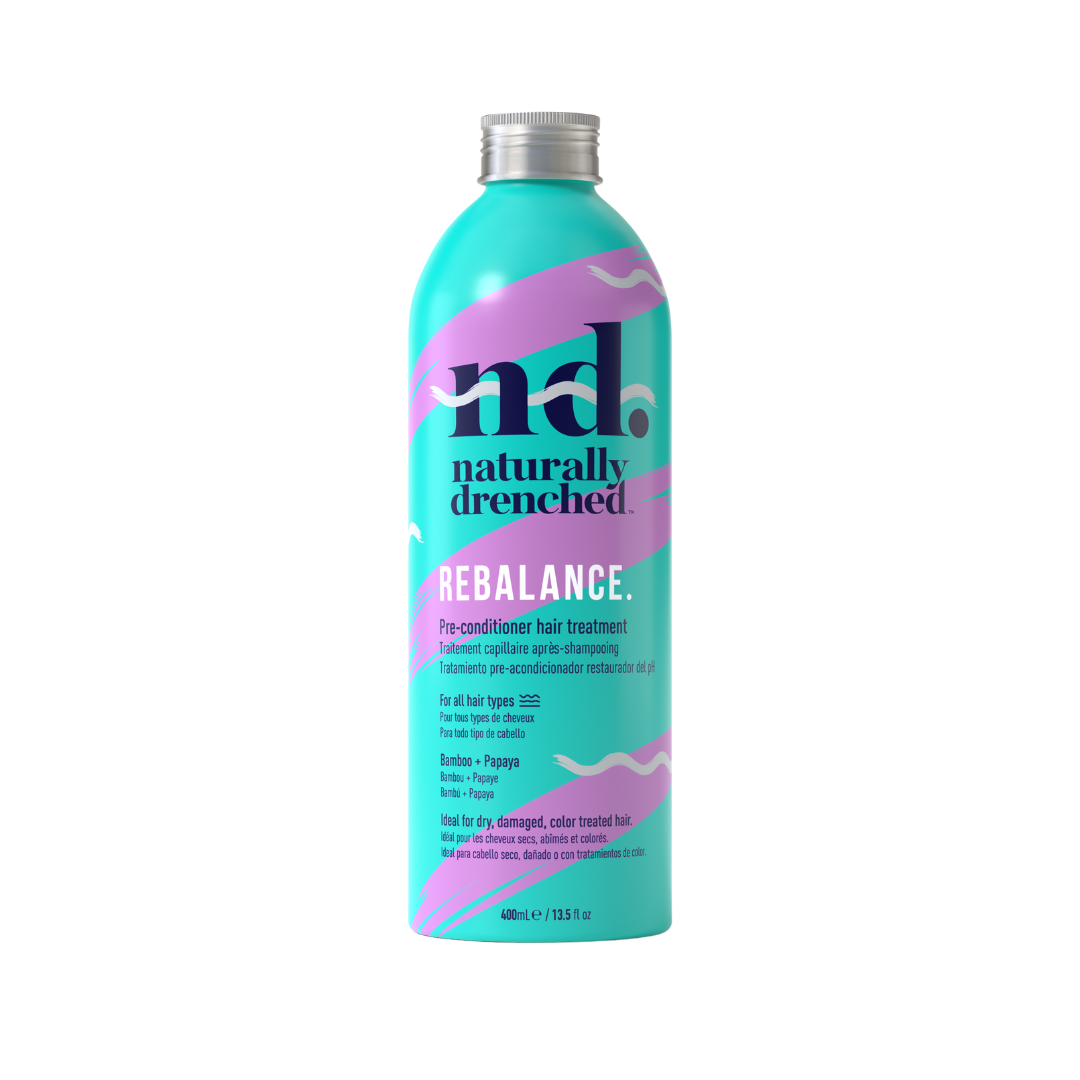
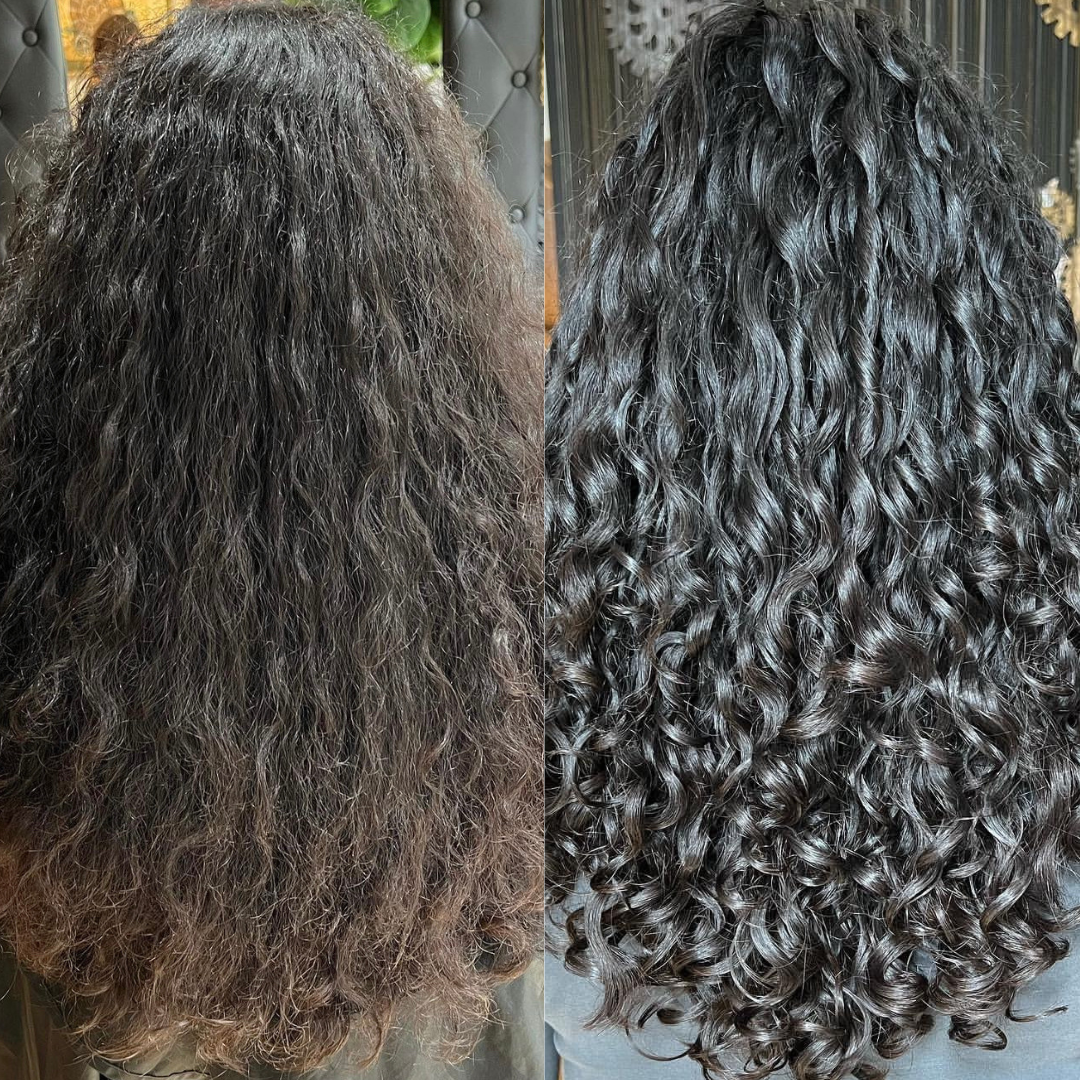
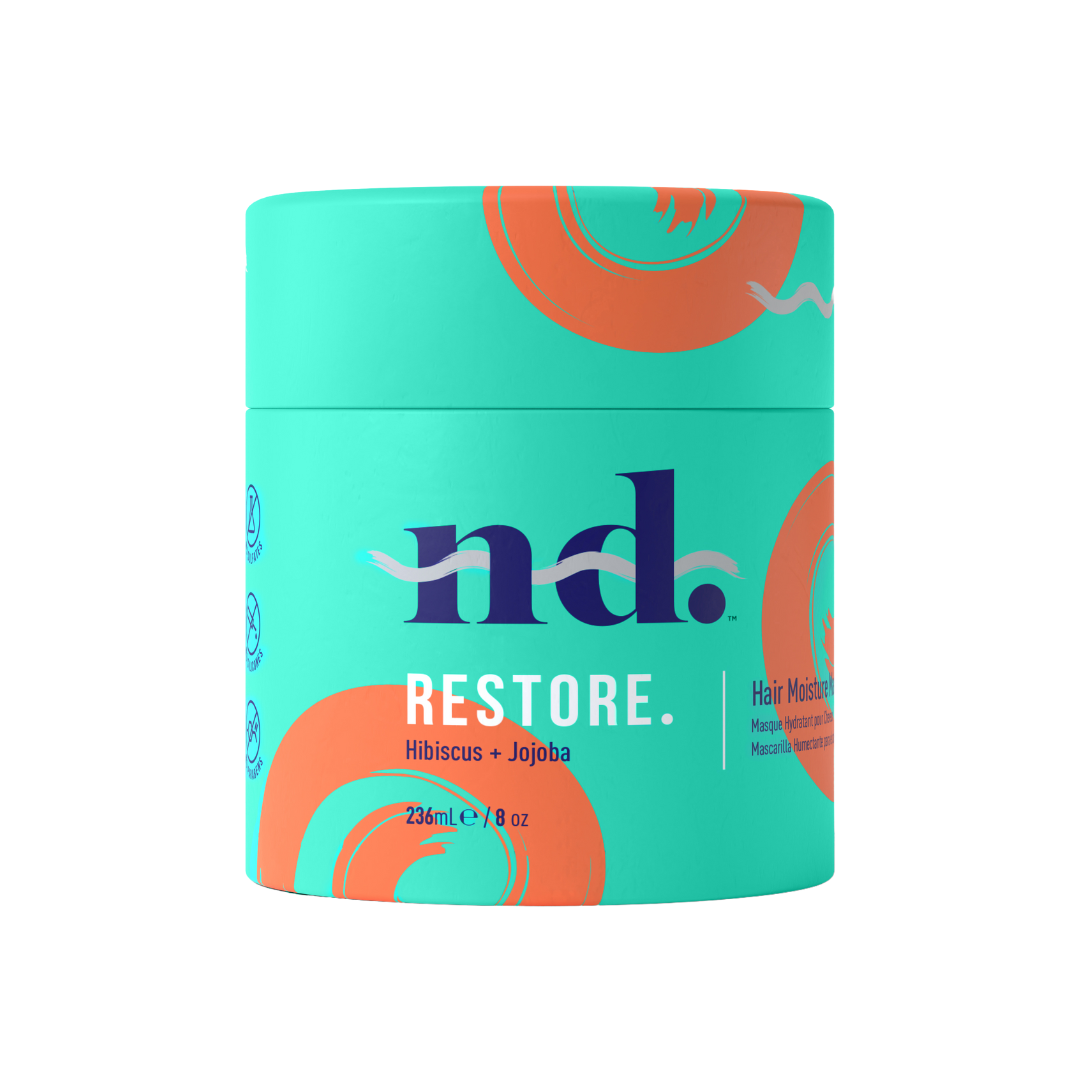
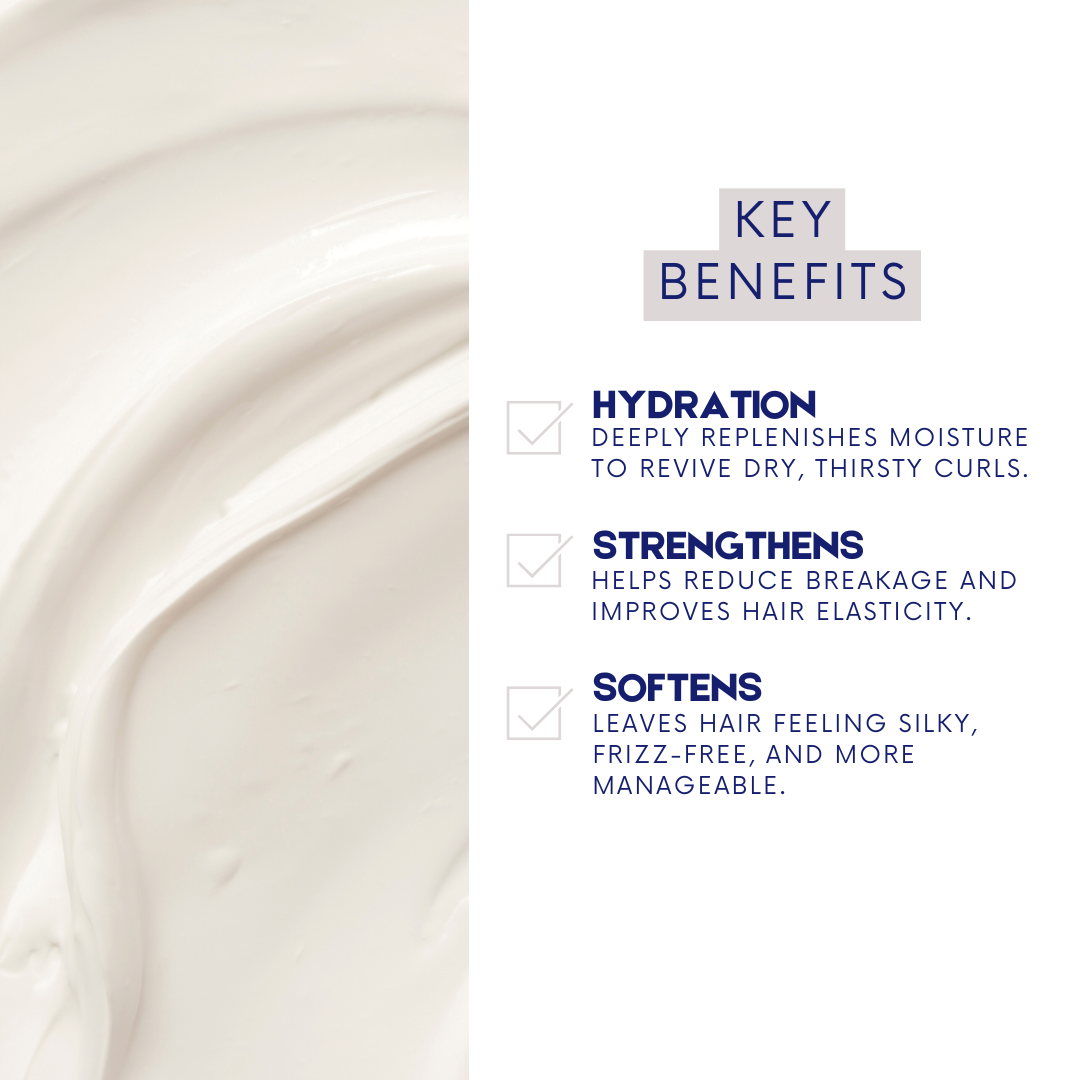
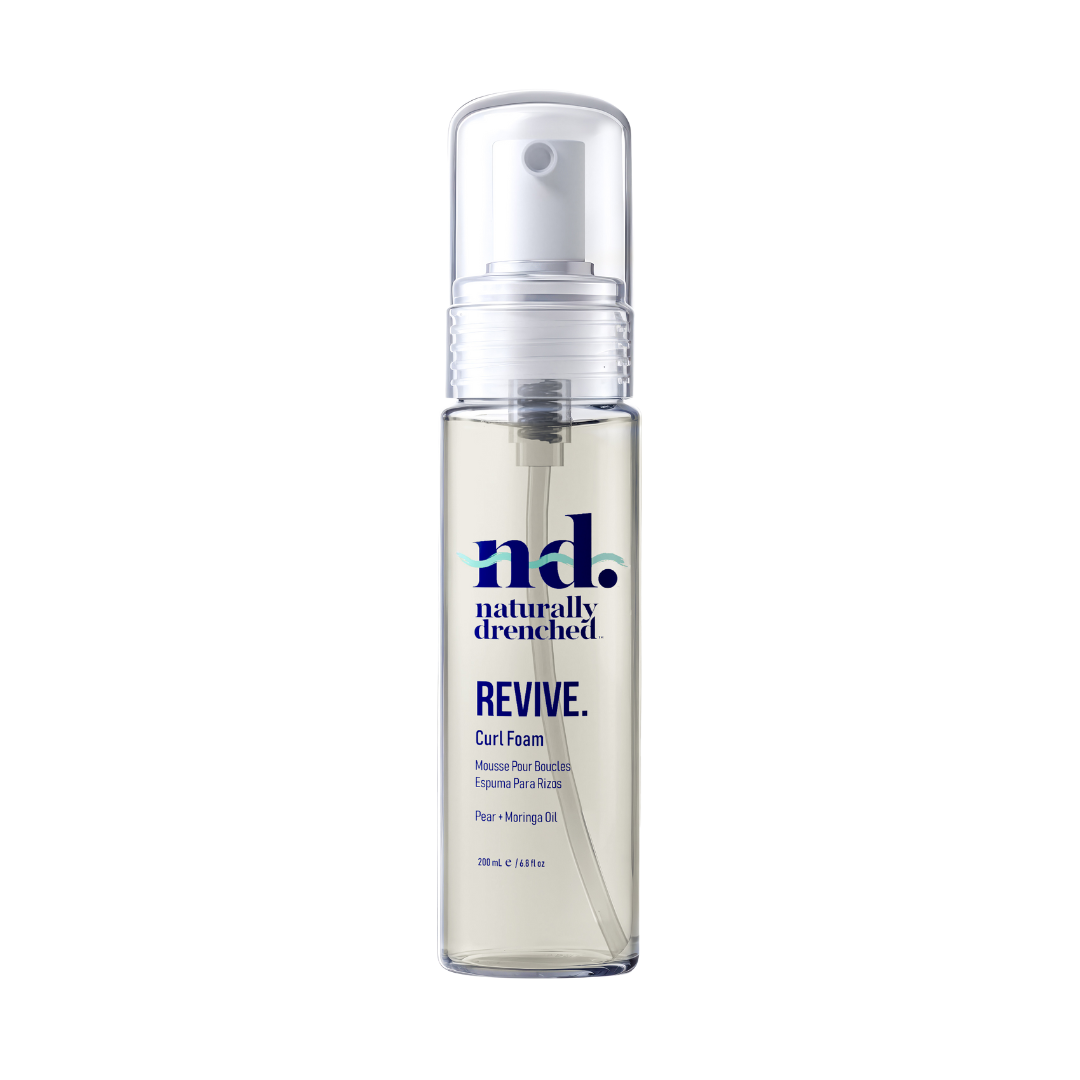
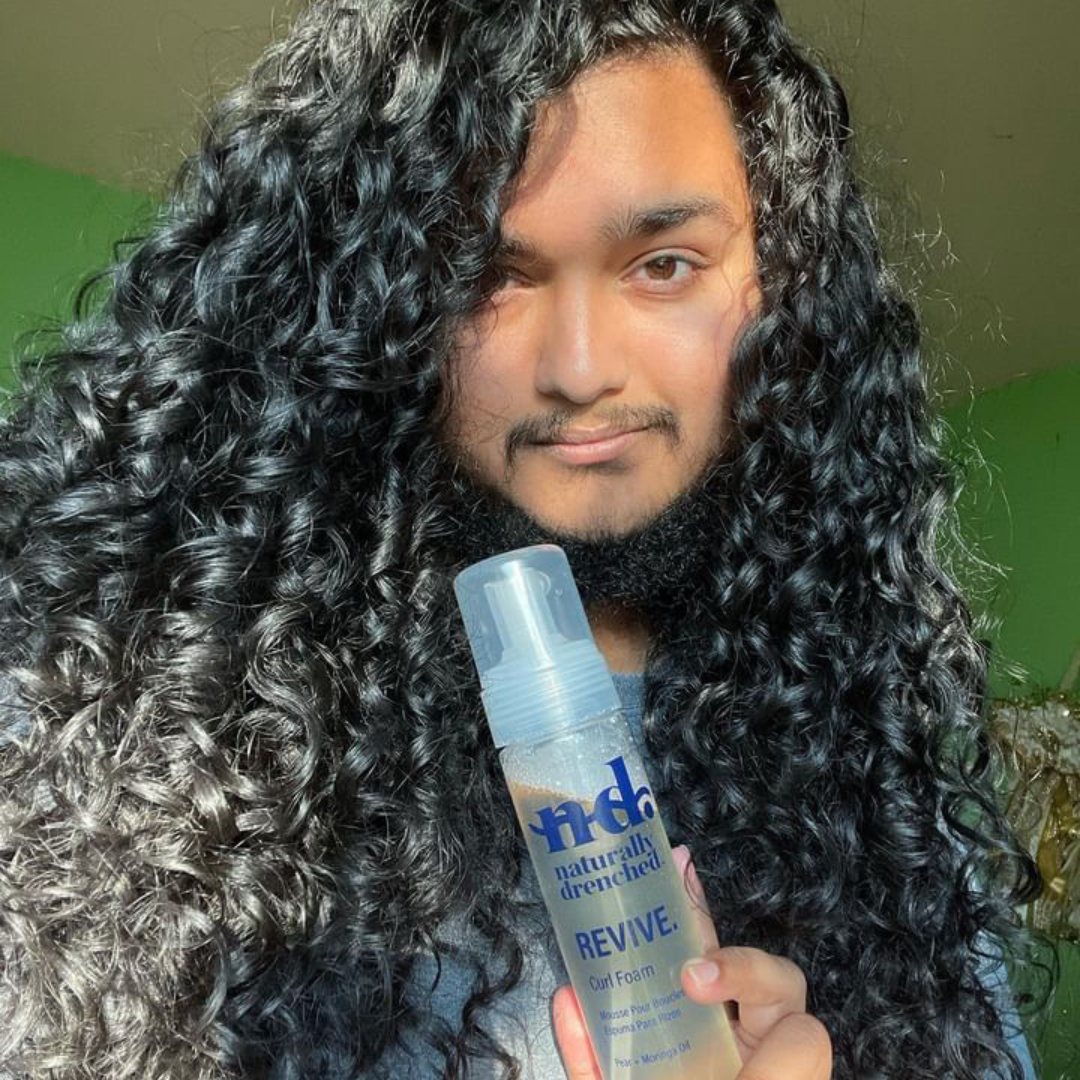



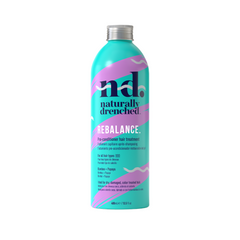
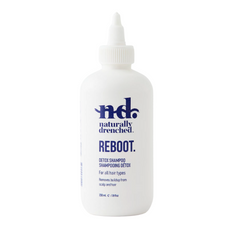
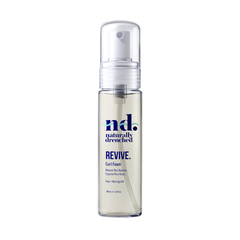

Deje un comentario